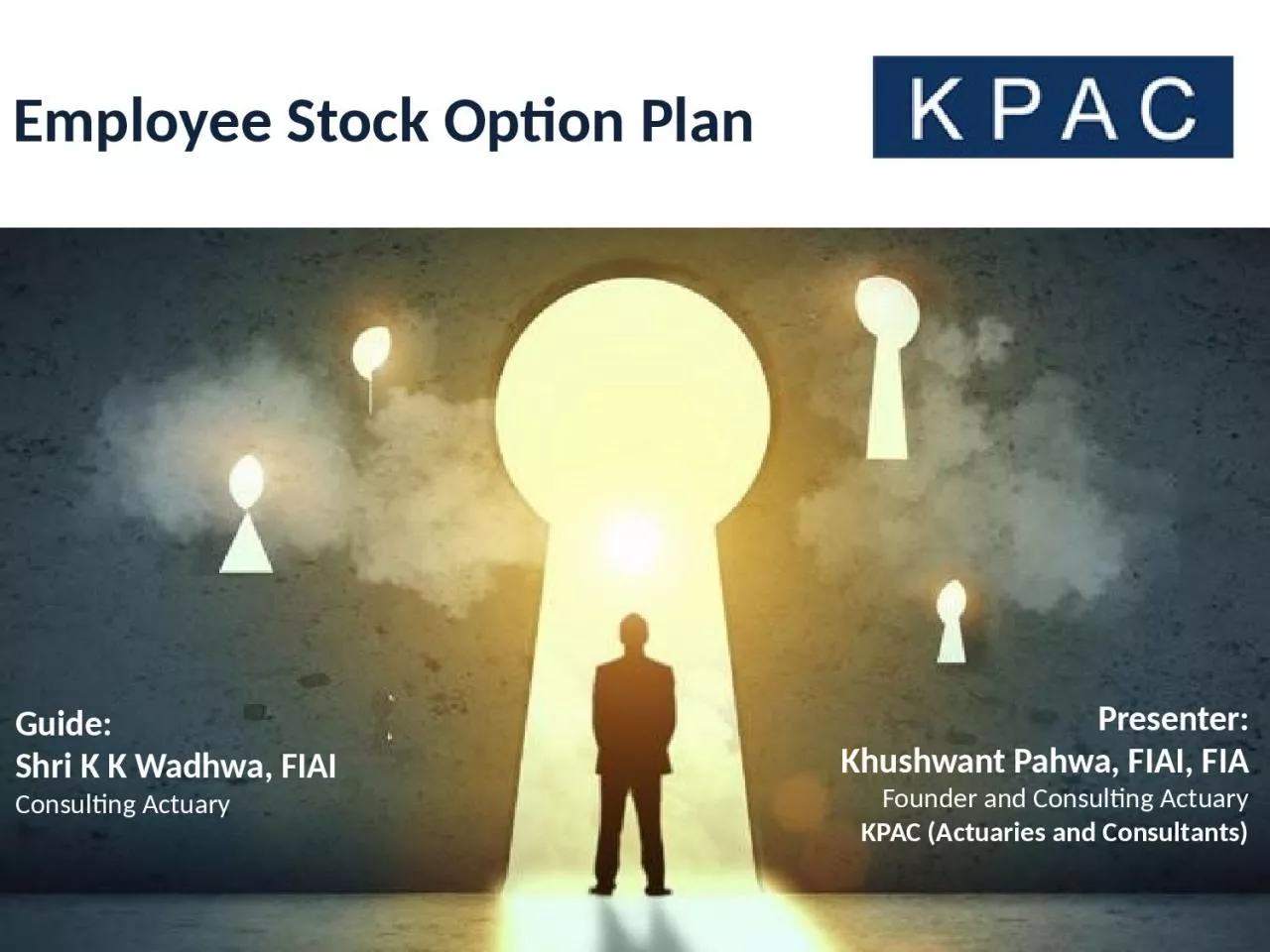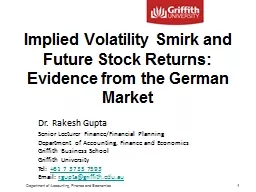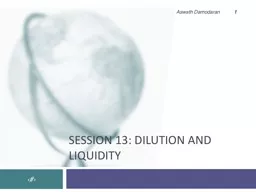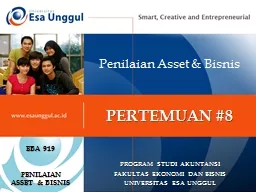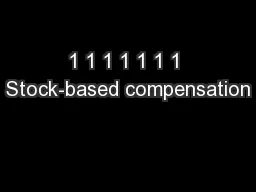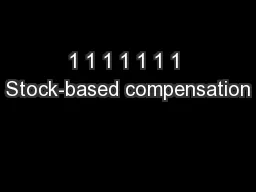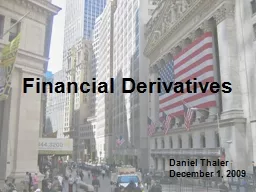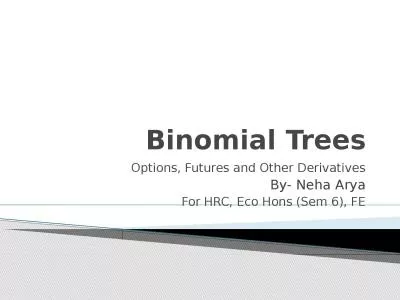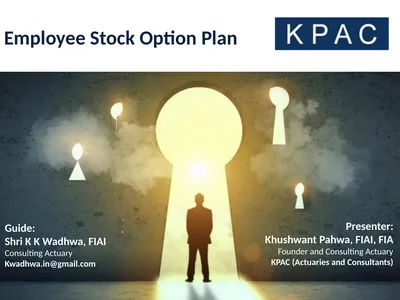PPT-Employee Stock Option Plan
Author : kylie | Published Date : 2023-06-21
Presenter Khushwant Pahwa FIAI FIA Founder and Consulting Actuary KPAC Actuaries and Consultants Guide Shri K K Wadhwa FIAI Consulting Actuary Agenda Look
Presentation Embed Code
Download Presentation
Download Presentation The PPT/PDF document "Employee Stock Option Plan" is the property of its rightful owner. Permission is granted to download and print the materials on this website for personal, non-commercial use only, and to display it on your personal computer provided you do not modify the materials and that you retain all copyright notices contained in the materials. By downloading content from our website, you accept the terms of this agreement.
Employee Stock Option Plan: Transcript
Download Rules Of Document
"Employee Stock Option Plan"The content belongs to its owner. You may download and print it for personal use, without modification, and keep all copyright notices. By downloading, you agree to these terms.
Related Documents

